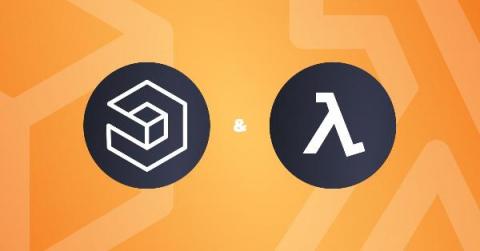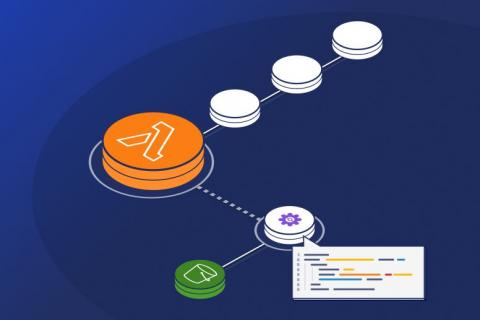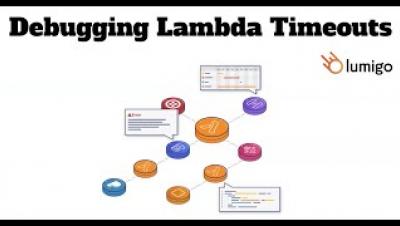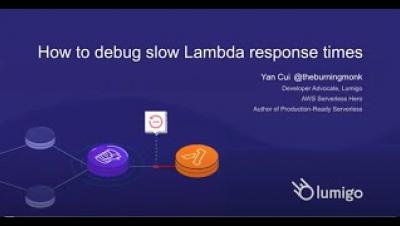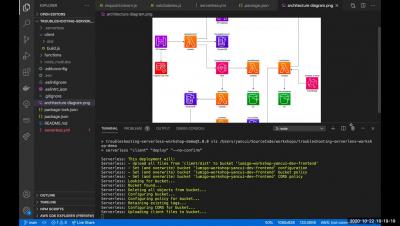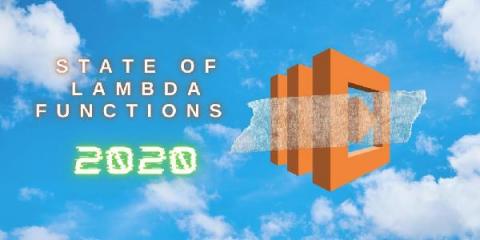Serverless Monitoring: Logs, Metrics & Traces with AWS Lambda
I’ve been primarily a Javascript developer for a long time now, it’s been my go-to language for the better part of a decade now, I even wrote a post on how to implement observability in a traditional Node.js application. Now, on top of hacking around in JS, I also love building things for AWS Lambda which is AWS’s option for Functions-as-a-Service.


